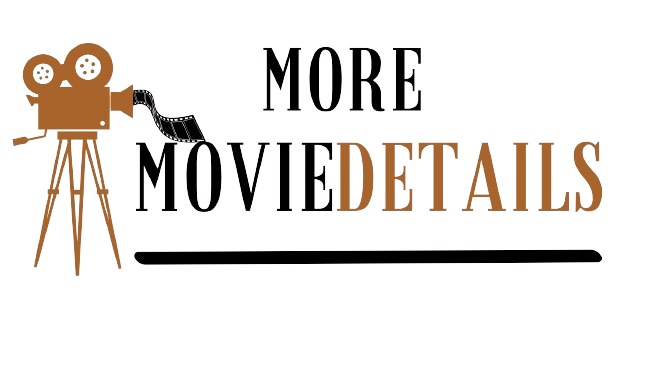In the world of filmmaking, adept storytelling is an amalgamation of many aspects, including plot, dialogue, character development, and music. However, one of the most integral components that often goes unrecognized by the average moviegoer is cinematography. A true art form in its own right, cinematography is the science, technique, and craft of capturing visual content for movies. It has a profound influence on the way we perceive not only the scene but the narrative itself. Understanding the key techniques of cinematography can greatly enhance your appreciation for the intricate work that goes into each singular moment on screen.
The first technique to consider is composition. Composition refers to the arrangement of visual elements within a shot. Different compositions elicit diverse emotional responses, and thus, they dictate the audience’s experience of the story. Many filmmakers adhere to the rule of thirds, a technique that divides the frame into a 3×3 grid. By strategically placing key elements at the intersecting points of the grid, cinematographers can create a pleasing visual balance. For instance, a lonely character might be positioned offside, indicating their isolation.
Next, we delve into the technique of lighting. The specifics of scene lighting have a massive impact on the overall mood and tone. Low-key lighting, with its notable contrast between light and shadow, often evokes a sense of mystery or suspense. On the other hand, high-key lighting, characterized by its brightly lit, low contrast scenes, is generally used in comedies and lighthearted dramas.
The art of color grading, another fundamental technique, allows cinematographers to drastically alter the film’s aesthetic and atmosphere. Different color schemes can represent diverse emotions or moments in time. For example, a desaturated, bluish tint is commonly associated with flashbacks or scenes of melancholy, while warm, vibrant colors often signify happiness or nostalgia.
Another pivotal technique, movement, can drastically influence the narrative rhythm of a film. The movement of the camera itself can be a powerful storyteller. Panning or tracking shots can visually explore an environment or follow a character. Meanwhile, a static shot might allow a scene to unfold without the audience being directed towards specific areas of focus, often creating a sense of Realism.
Lastly, we come to focus – a technique that isn’t just about keeping the subject clear. Utilizing depth of field, cinematographers can decide what areas of the shot should be in focus. A shallow depth of field can draw attention to a particular character or object by blurring out the background, while a deep depth of field can create a more immersive environment by keeping all elements in focus. This allows for intriguing storytelling possibilities by guiding or defying the viewer’s expectations.
However, even with these sophisticated techniques at hand, a meticulous cinematographer knows best that visual storytelling is not purely aesthetic—it must service the storyline. Indeed, in movies like the social-realist masterpiece “Roma,” the crisp black and white photography not only paints an aesthetically beautiful canvas but also mirrors the stark delineation of class in the film’s core theme.
Within the celluloid boundaries of each frame, cinematography weaves a silent yet vivid narrative that captures the passage of time, mirrors the characters’ psyche, and enriches the overall cinematic experience. Surely, it is an indispensable gear in the engine of film-making that must not be underrated.
To truly appreciate the art of cinema, it is vital to understand the depth and complexity behind each shot. It is in the intricate dance of light and shadow, color and composition — the art of cinematography — that the visceral magic of movies truly takes form. As we delve deeper into the world of film-making, we come to appreciate these key filmmaking techniques that transform script to screen, creating cinematic masterpieces that captivate audiences worldwide.

